The Big Green Village Dumpling Adventure
Thursday, March 31, 2011
 Shaowu, Fujian, China
Shaowu, Fujian, China
Hey Hey and a Big G'Day toya,
The only thing better than Chinese dumplings are;
The Big Green Village Dumplings!
Around mid March the school put on a Dumpling Making Day at Jackie’s parent’s home in her Village. Last time I lived in Shaowu I was invited to Joyce’s (LiPing) village several times to make big green village dumplings with her family and each time was as wonderful as the first. While you make the dumplings dogs, cats and chickens race around the house and then while you eat the dumplings the dogs, cats and chickens then race around your feet in hope that you will drink too much village wine and knock your plate off the table scattering its contents on the floor.
Shaowu’s Big Green Village Dumplings
Shaowu is actually famous for its normal dumplings (Jaozi) and both foreign teachers and Chinese alike who move away all say the same thing 'the dumplings are much better back in Shaowu’. But not only is Shaowu famous for its normal dumplings, it is also very well known for its own speciality, the Big Green Village Dumplings that are filled with pork and a variety of special vegetables collected from the mountains prior to making.
It is these dumplings that we make on a school village dumpling day.
The locals love them so much that after moving away it is the big green village dumpling that they ask a friend to bring with them when they come to visit. In fact when I was in Fuzhou with Yan at the end of Winter Break, Joy departed the train with several boxes of them and in total shared well over three hundred with her friends.
The following is an article I found several years ago but can’t remember where I got it from. I thought I’d add it as it is rather amusing in a ‘normal’ dumpling sort of way…hope you enjoy!
Shrimp dumplings, pork dumplings, dumplings stuffed with pungent leek, with crispy celery, with pleasantly bitter winter cabbage, steamed dumplings, boiled dumplings, dumplings fried in the pan until they're golden brown.
Dumplings by the dozen, the hundred, the thousand.
I am on a mission to eat these dumplings.
During a week in Harbin, I make a daily tally and realize I am consuming far too many. Then I look at the next tables over and see that I am an amateur: Chinese half my size are consuming twice my complement of dumplings, washing them down with Hapi beers as frigid as the air that blows in each time the front door opens.
In a country where geography so often dictates cuisine, lamb and pork reign inland, seafood on the coast; noodles orient toward the harsh north and rice to the more temperate south, the dumpling is a gastronomic ambassador across China's regions, ethnic groups and even religions. In the far northwest, Muslim Uyghur’s wolf down mutton dumplings as enthusiastically as Cantonese gulp open-topped shumai in the southeast and Shanghainese savor soup dumplings, elegantly twisted morsels full of pork, flaked crab meat and scalding liquid known as "little dragon buns."
Sated, at least for a few hours, I bundle up in a coat that makes me resemble a large version of the morsels I've just consumed. Dumplings, it turns out, are (along with clear Chinese sorghum liquor known by its deceptively innocuous name, "baijiu," or "white wine") another great inoculation against a Harbin winter day. At one place, called Dongbei Ya, or Northeastern Duck, I order three dozen: pork and cilantro, fresh shrimp and boiled cabbage.
"Are you sure you want thirty six? That's quite a lot. Can you eat that many?"
the waitress says to me, smiling but defiant. "Could a Chinese person eat them all?" I ask. "Probably." "Then don't worry about it."
The diminutive dumpling, I'm told repeatedly, helps cut the cold. For one, the cooking methods retain heat. Unlike quick-fried wok cuisine, whose heat dissipates in a minute or two, something steamed or boiled is the perfect conduit of warmth from hearth to stomach. All the Chinese characters for the cooking methods used to make dumplings — steamed, boiled, pan-fried — have four small apostrophe-like critters at the bottom, signifying flames licking up from a stove.
Then, of course, there are the ingredients. Globs of meat and vegetables pinched into robust dough (not exactly standard Atkins fare) offer the stick-to-your-ribs potential that can give a guy the get-up-and-go to walk, say, a few blocks across Harbin's frozen cobblestones without turning into an ice sculpture himself ("Dumpling-Sated, Bundled-Up Westerner in Repose").
Pungent mixes of soy sauce, black vinegar and thick and seeded red-pepper paste.
I'll admit it: When I lived in China as a child at the end of the 1970s, I overdid things a bit. The dining hall at our foreigners' compound made Dumplingfest a Sunday staple, and I'd go for lunch and eat forty of them. Then, for dinner, they'd pan-fry 'em to make sure they all got used. I ate forty more, appreciative of the increased oil quotient against the biting Beijing cold.
In those days, Beijing dumplings were a special occasion.
Families whose entire home was a single room gathered in communal cinderblock kitchens and formed their own dumpling brigades, with children mixing filling and pinching dough while mothers and fathers manned huge pots of water heated by wood and coal stoves. The result, a weekend feast, was a vast difference from the melancholy vegetables and slivers of tough meat that each day usually brought.
By my final day in Harbin, I waddle out the front door of Oriental Dumpling King, feeling lucky that I fit through. Across the way, Central Dumpling King is just as crowded, and the eternal faceoff continues. I realize the winner is, of course, me.
I am ready to go home.
The final count for six days:
THREE HUNDRED AND SIXTY SEVEN DUMPLINGS!
Beers, Dumplings N Noodles toya…..shane
___________________________________________________________
The soundtrack to this entry was by Dan Melchoir
The album was ‘Das Menace Christmas For The Crow’
____________________________________________________________
Other Entries

 Shaowu, Fujian, China
Shaowu, Fujian, China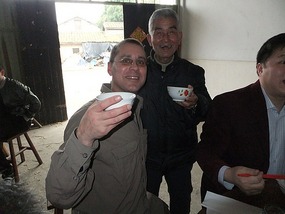
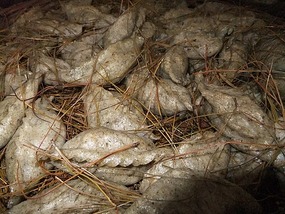
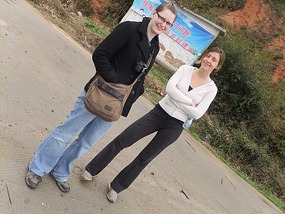

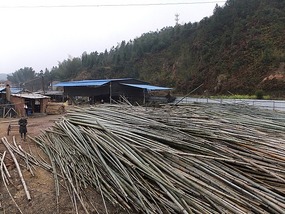
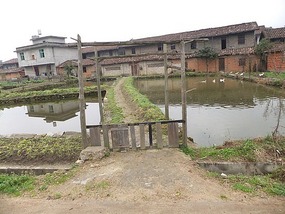
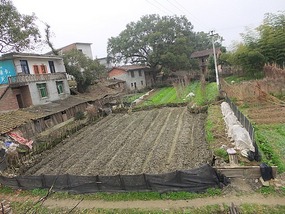
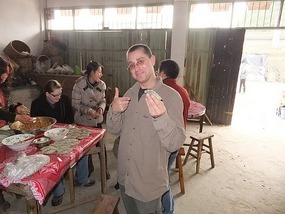
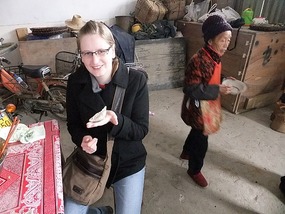
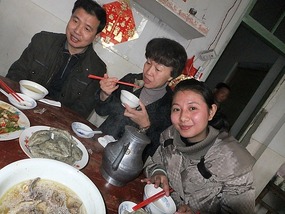
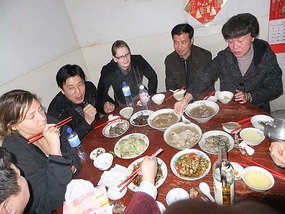
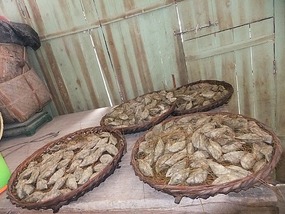
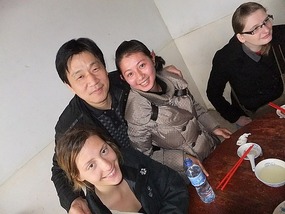
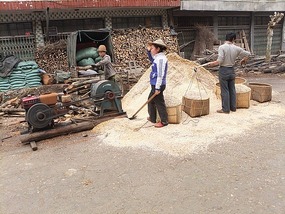
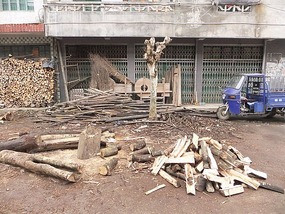
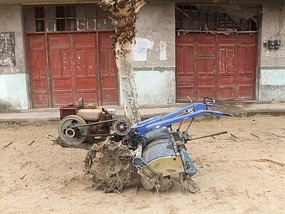
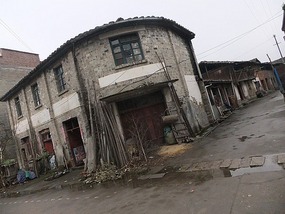
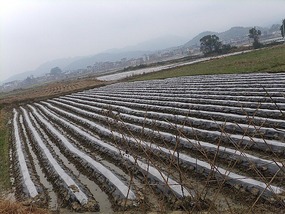

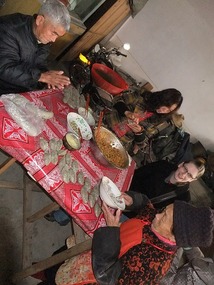

2025-05-22